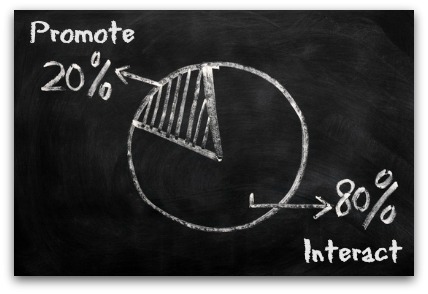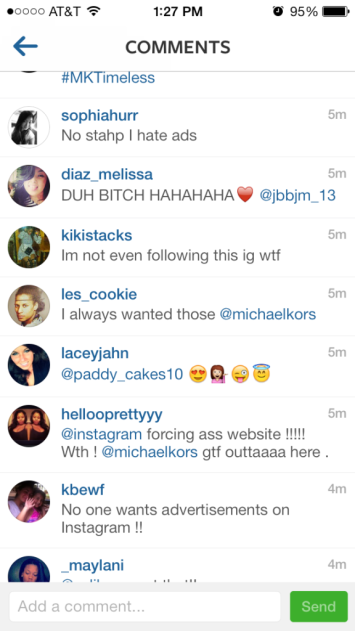SOCIAL media, as you know it, is a prominent aspect of your business, especially if you are doing an E-commerce aka online business. Setting up an account may only take about one to three day(s), depends on how prepared you are. However, being able to represent your brand positively through social networking is not a simple task. One thing that you have to keep in mind is: how can my social media boost my brand reputation? I dare myself to say that if your social media does not contribute anything good to your brand reputation, then it is nothing but a useless piece of information. Of course, we don’t want this to happen… NEVER!
If your social media does not contribute anything good to your brand reputation, then it is nothing but a useless piece of information.
Have you realised how important and powerful the social media is? It can make your brand excessively popular within a night, but it can also turn it into the worst nightmare within a blink of an eye. In saying that, I have decided to write down some useful simple tips for managing and controlling your social media (Facebook page in particular) to protect and boost your online brand reputation.
PS: The points below are not based on my own knowledge, instead, they are combinations of the experiences + studies + research findings that I have been doing for the last 2 years J
Before I reveal those tips, you have to get two things done first:
- Set your e-marketing objectives. It does not have to be long or complicated. Just be SMART! When I first started an Instagram for my cake shop, I set a goal to reach 300 followers within two months. Note: I started my ‘little tiny’ business from nothing, so I know that it was indeed realistic and achievable. And I got it~ hooray!
- Remember the 80/20 rule of social media marketing because this is the basic. Now, you shall continue reading…
- Manage your posts. It is important that you know exactly what and what NOT to post based on your business profile. Keep the message short (longer ones will most likely not be read). When is the RIGHT time to share your post? You can find the answer through a little experiment. For the first few weeks you may start posting at different hours. Observe the time when most people read and respond to your posts. Once you know the estimation, you can use it as a time guide of when to share a post. For me, it’s 7 pm on weekdays and 1 pm on weekends.
- Add appealing visual content, such as photos and videos to your posts. Humans are visual creatures. Our eyes are most attracted by colours and pictures than texts. Posting a good picture with a short ‘straight-to-the-point’ statement can be very effective. Once you get a better understanding of your audiences, you will know what kind of visual content they anticipate.
- Engage your fans with compelling activities, such as polling, challenges, games, events announcement, and contest.
- Give, give, and give… The best way to pamper your existing customers and to get more and more customers is giving them what they want. Discounts, vouchers, free giveaways, and other promotional events.
- Last yet most important, give your attention! Social media is there for you to be social and to communicate with your customers. When they post questions, compliments, and critics, try to give a respond back within 24 to 48 hours. Believe me, when they post negative reviews and no one answering them, they will go around their social networks and share their disappointment. When this happens, your brand image will be hurt.
After you do all these tips of managing your business social network, you have to keep monitoring the engagement level and ask yourself whether or not the social page has added positive values to your brand. There are some free and paid apps that can help you with the information about the progress of your Facebook page, Instagram, and other platforms.
Any thoughts? 🙂
References:
Glordano, N. 2013. How To Create the Perfect Posts on Social Media – Infographic.
Available: http://startupfashion.com/perfect-posts (accessed 7 March 2015).
Mayer-Gossner, M. 2013. Spot On – How to write the perfect post.
Available: http://www.thestrategyweb.com/spot-on-how-to-write-the-perfect-post-infographic (accessed 7 March 2015).
Demers, J. 2015. 8 Social Media Mistakes That Are Killing Your Brand.
Available: http://www.entrepreneur.com/article/242847 (accessed 6 March 2015).
Bennett, S. 2013. How Brands Can Use Social Media To Manage Their Online Reputation.
Available: http://www.adweek.com/socialtimes/online-reputation/484682 (accessed 13 March 2015).
Lokitis, S. 2012. 3 Tips to Manage Your Social Media Reputation.
Available: http://www.socialmediaexaminer.com/social-media-reputation/#more-20724 (accessed 13 March 2015).
Citroen, L. n. d. A Flu Shot for Your Online Brand.
Available: http://www.smmmagazine.com/magazine/issue03/smm-for-corporate-branding.html (accessed 7 March 2015).



